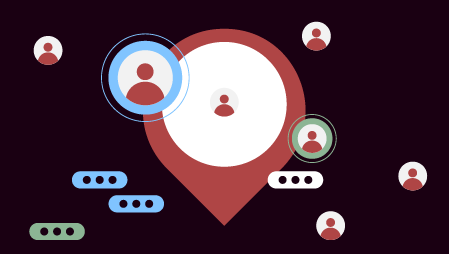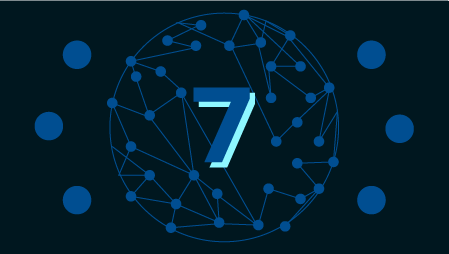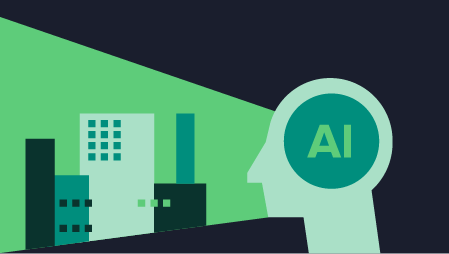“I think if we focus on what humans do best, connecting to humans, and lighting the fire in a human by connecting to their motivational purpose…we’re going to see a huge boom in the future of work.”
Heather McGowan, Future of work strategist
The Fourth Industrial Revolution is fundamentally changing the Australian economy, driven by the increasing sophistication and reach of digital technologies. Across industries and job roles, automation and AI are making their presence felt – robots are becoming more adept at routine and predictable manual human labour; AI is performing basic cognitive tasks that were previously performed by humans.
The growing hyperconnectivity of technologies, especially through the Internet of Things and cyber-physical systems, is changing work itself. Agile ways of structuring work in firms, new ways of organising work through digital platforms, and the increasing divisibility of work are some of the ways the transformation is emerging.
To succeed in the future of work, organisations must empower their workers. A World Economic Forum paper makes the point: ‘While it is tempting to point to technology as the key differentiator for organisations, people comprise the most important source of competitive strength.’ Future of work strategist Heather McGowan concurs, saying, ‘No matter how sophisticated the technology, it is still a tool and tools need humans.’
For Australia’s economy to flourish into the future, it is imperative that we think not just of the digital technologies that will enhance work, but of the people who need to do work to pay the bills. How can we support workers to reach their peak potential while using these impressive technologies? If AI and robots are replacing human labour for efficiency and productivity gains, what will happen to our human workforce?
What is the Future Of Work?
What distinguishes the Fourth Industrial Revolution? Three fundamental forces characterise the transformation that’s underway. The exponential nature of digital technologies means we are experiencing change at an accelerating pace. The digital hyperconnectivity of all things and people, especially through the Internet of Things, means increasing interdependency. And we are seeing vast digital ecosystems emerge that are constantly evolving.
As a consequence, work is transforming from being predictable, linear, mechanistic and siloed – where success was measured in terms of productive output – to being networked, collaborative, cross-functional and continuously changing. How work gets done, who does it, where it happens, how it is organised and even what work is – this all changes.
Where the future of work is emerging
- Automation and AI environments where digital technologies are changing the way in which value is being created, for instance, Industry 4.0 and the Internet of Things (value-add processes such as advanced manufacturing, medtech, energy, food)
- Digital freelancing platforms where work is being disconnected from jobs (Expert360, Freelancer, Upwork)
- Agile environments where organisations are restructuring themselves to be as nimble as the rapidly shifting and unpredictable environments in which they operate (ANZ, Telstra, NAB)
- Coworking spaces where different businesses come together in highly collaborative and dynamic environments (WeWork being the best known, The Commons, Creative Cubes, Fishburners, Hub Australia)
The OECD estimates that 14% of existing jobs in Australia could disappear over the next 15 to 20 years, and a further 32% of jobs are likely subject to radical change. McKinsey Australia estimates that almost 50% of work tasks performed by people could be displaced by automation by 2030.
These statistics are alarming; a warning sign that urgent change is needed. Just as the Australian government invested $50 billion to build the National Broadband Network, the national infrastructure needed to accelerate the digital revolution that began in the 1990s, new investment is now required.
It’s time for Australia to invest in our workers with the skills, competencies, and know-how required to thrive in the digital, automated future and build a national learning infrastructure.
Up against automation technologies, how can Australian workers gain a competitive advantage? What does success for the worker of the future look like? the Centre for the New Workforce surveyed 1,000 working Australians – from bus drivers to CEOs, from freelancers to full-time workers, from Millennials to Baby Boomers, and from all sectors of the economy – to understand how they expect to succeed in the future of work.
Within this report, the Centre for the New Workforce provides expert analysis and recommendations on how policymakers, educators, and employers can help pave the way for a successful future for Australia’s workforce.
The above are some excerpts from Peak human potential survey report.



